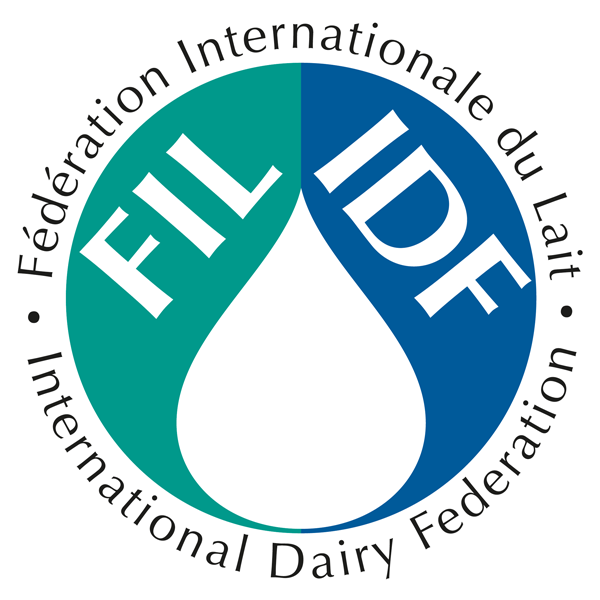Bulletin of the IDF N° 356/2000 - Disposal and Utilization of Dairy Sludge - Contamination of Milk
Couldn't load pickup availability
Document info
| pages | 47 |
|---|---|
| published date | 24 March 2000 |
| reference | Bulletin of the IDF No. 356/2000 |
Publication description
Disposal and Utilization of Dairy Sludge
A survey of the composition, treatment and disposal of sludge from dairy effluent treatment plants IDF Group of experts BI8 — Control of water and waste waters in dairy industry
The importance of safe and economic sludge disposal has grown over the years. In some countries the cost of sludge disposal can be greater than the running costs for the effluent treatment system. This paper indicates how analytical data on dairy sludges show a considerable difference between dairy and sewage sludges. The results of a 1995 questionnaire answered by representatives from selected countries are presented in an Appendix. Information was requested on the different types of sludge from treatment of dairy effluents, the types of sludge treatment and disposal, and the regulations existing in the different countries for the disposal of sludge on land.
Contamination of Milk
Digested sludge (sewage sludge)
A. Blüthgen
This paper is an attempt at a scientific approach to the description of possible hazards and risks arising from the land spread of sludge from municipal sewers — collecting household and industrial waste waters — and comparable waste water treatment plants. The thoughts presented here are no final solution to the problem as this is evaluated according to whether fertilizing properties or possible environmental damage are put in the foreground. Only when the gaps of further information needed are closed will a final evaluation and appropriate recommendations for the use or not use of sludge in agriculture/dairying be possible.
Organic migration agents into milk at farm level
A. Blüthgen
One of the most important groups of compounds capable of migrating are plasticizers in polymers and synthetic rubbers which come into contact with the milk during milking and further processing, including packaging. The phthalic acid esters of medium chain alcohols, especially the diethylhexylphthalate (DEHP), are the most widely used. This chemical was chosen to illustrate the more generic approach to the final risk management and risk communication. As DEHP belongs to the endocrine mimics with high awareness in human medicine, including the recommendation to abandon PVC articles in transfusion medicine, this widespread technical and environmental chemical appears to justify this model illustration.
Contamination of milk from feed
A. Blüthgen
The assessment of food safety and consumers’ protection depend on the quantification of the transfer from environmental xenobiotics into the milk, regardless of their nature as residues or contaminants in the early links of the food chain, focusing on feedstuffs for dairy cows. Within the frame of this paper only examples for individual chemicals or families of chemicals are outlined to elucidate an approach to the whole problem. The figures describe the order of magnitude of the carry-over rates observed. They fluctuate considerably for reasons of enhanced or reduced bioavailability of the substance due to environmental influences, and show in practically all cases a strong dependency of individual metabolic parameters of the cow, including different types of breed. The principles, limitations and importance of the carry-over of either residues or contaminants from feed into the milk of lactating cows are outlined.


